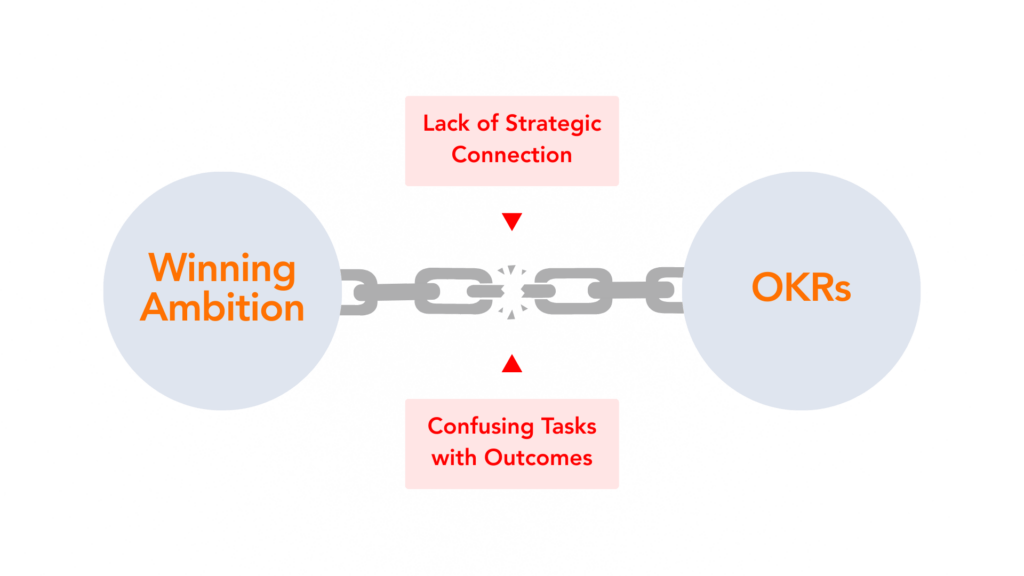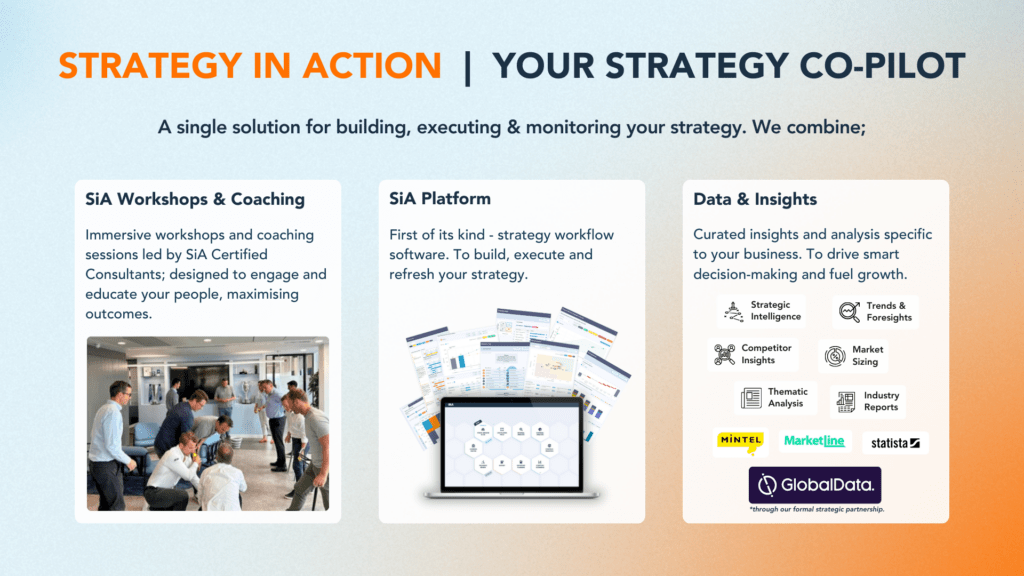
In recent years, Objectives and Key Results (OKRs) have become a prominent framework for driving alignment and accountability. Yet, many organisations find they are not reaping the promised rewards. Well-intentioned teams often wind up with a task list or lofty goals that fail to link to the business’s strategic objectives. The disconnect can waste time, erode trust in leadership, and stall progress on critical initiatives.

Consider the experience of a large manufacturing organisation. Keen to accelerate growth, they spent substantial time rolling out OKRs in multiple business units. However, each unit defined its own objectives in isolation—focusing on metrics they knew best, such as short-term retention or cost savings. These aims did not reflect the company’s larger ambition: to transition from mid-range products to premium solutions that would differentiate them in advanced sectors such as clean energy and specialised pharma. As units pursued their own targets, leaders realised they were checking off tasks but making little progress in the areas that mattered for future growth.
This story typifies a widespread issue: investing in OKRs without anchoring them to a clear, shared strategy. In the absence of a well-understood winning ambition, teams became preoccupied with day-to-day tasks—leading to a false sense of accomplishment.
A major reason OKRs fail is that they lack a direct link to overarching strategic priorities. For example, one business unit set an OKR to “Reduce raw material costs by 10%”, while senior management aspired to “Boost premium-grade offerings” and “Gain preferred-supplier status in high-value segments.” Cost-cutting may improve margins and appease the board, but it does not necessarily help move the organisation into premium markets.
Another frequent error is treating OKRs as a project plan. A business unit might set an OKR such as “Implement a new procurement software”, which is a task rather than an outcome. While that step may be useful, it does not necessarily translate into meaningful progress—such as improving product consistency or shortening development cycles to meet premium standards.

A crucial first step is clarifying the vision, success measures, and strategic priorities before setting OKRs. In the case of the manufacturing organisation, our team at 3HORIZONS guided senior leaders to:
We hosted collaborative workshops, enabling each team to see how it could realistically contribute. This co-creation-built buy-in, avoided confusion, and laid the groundwork for coherent OKRs directly linked with the overarching strategy.
Key Results work best when they measure end results, rather than listing action items. A marketing team might replace “Visit three industry conferences” with “Increase premium product leads by 25% in new target markets by Q3.” This shift ensures the conversation centres around the impact of the work, not just its completion.
After defining a clear strategy for the conglomerate, they invited each business unit to participate collaborative workshops. During these sessions, teams mapped out their objectives such capturing opportunities in new niches in clean energy and specialised pharma — which was in line with the overarching conglomerate strategy. These efforts were underpinned by outcome-based OKRs.
Within a year:
As organisations become more geographically dispersed and digitally oriented, the agility to quickly iterate on goals will be essential. The fundamental principles remain:
Today’s automated tools, such as the Strategy in Action platform, can help leaders connect strategy with OKRs, track progress, adjust with agility, and keep the entire organisation aligned. Ultimately, OKRs become a catalyst for sustainable growth, collective clarity, and meaningful impact—provided they are rooted in a unified vision and co-created with the teams responsible for delivering on them.
